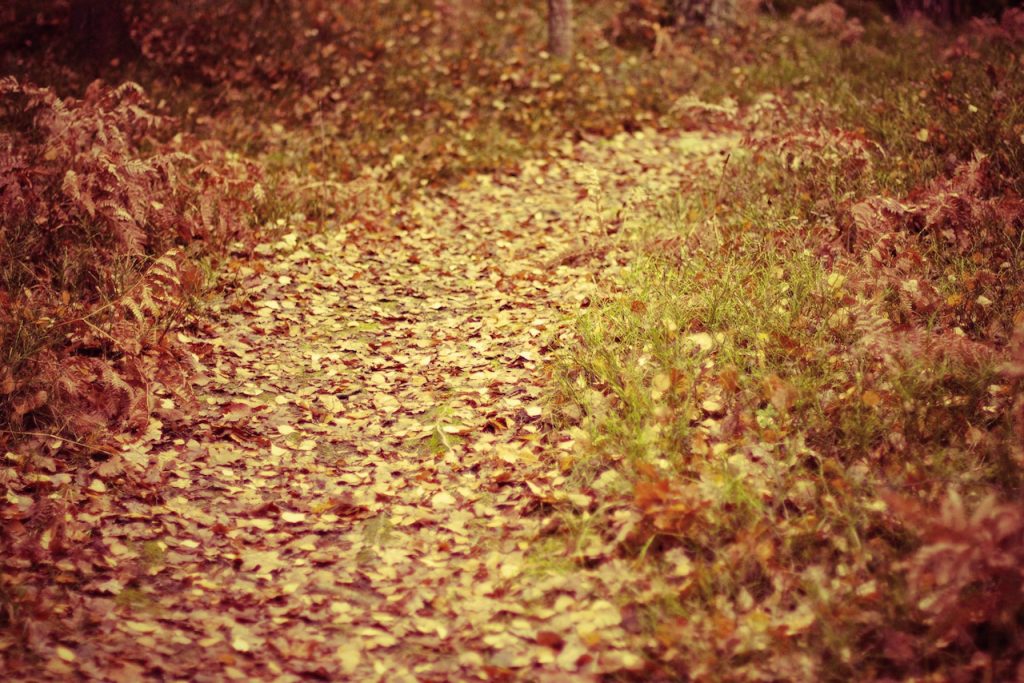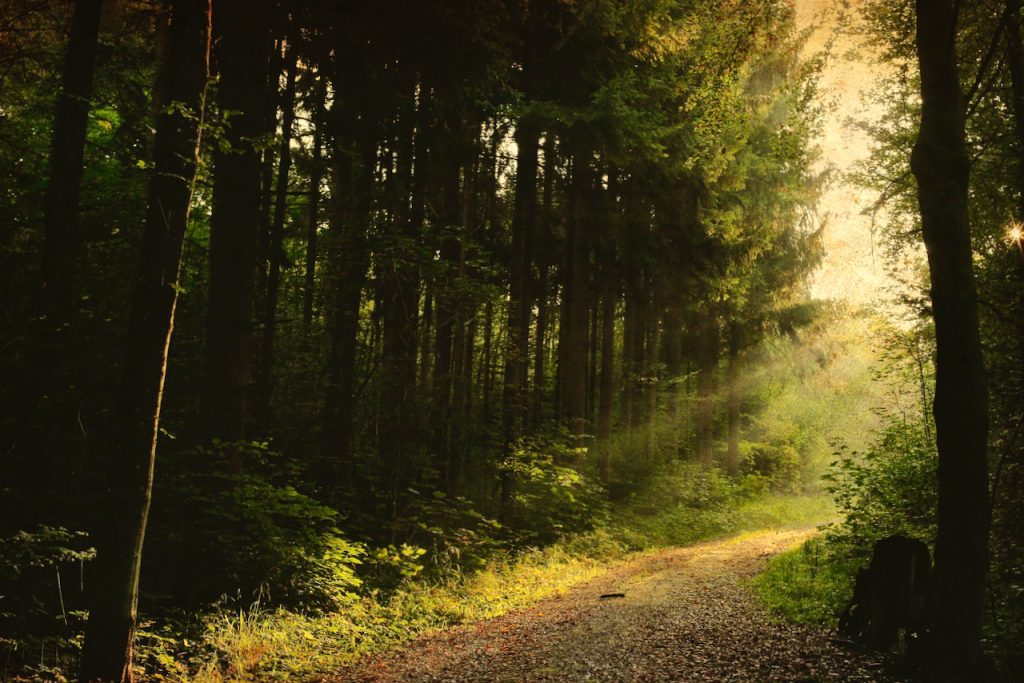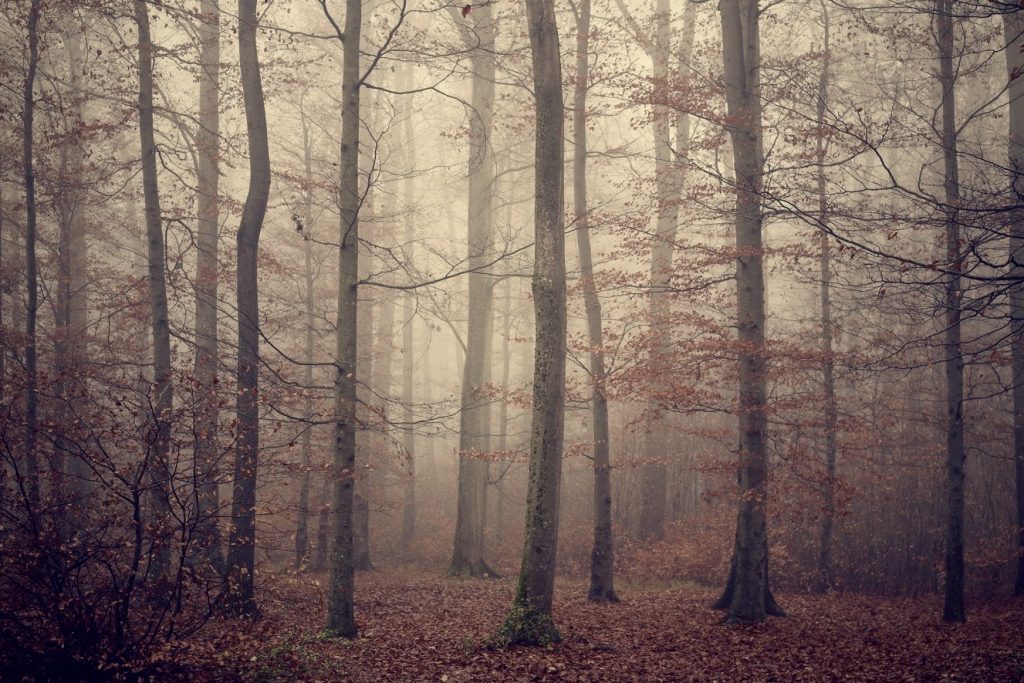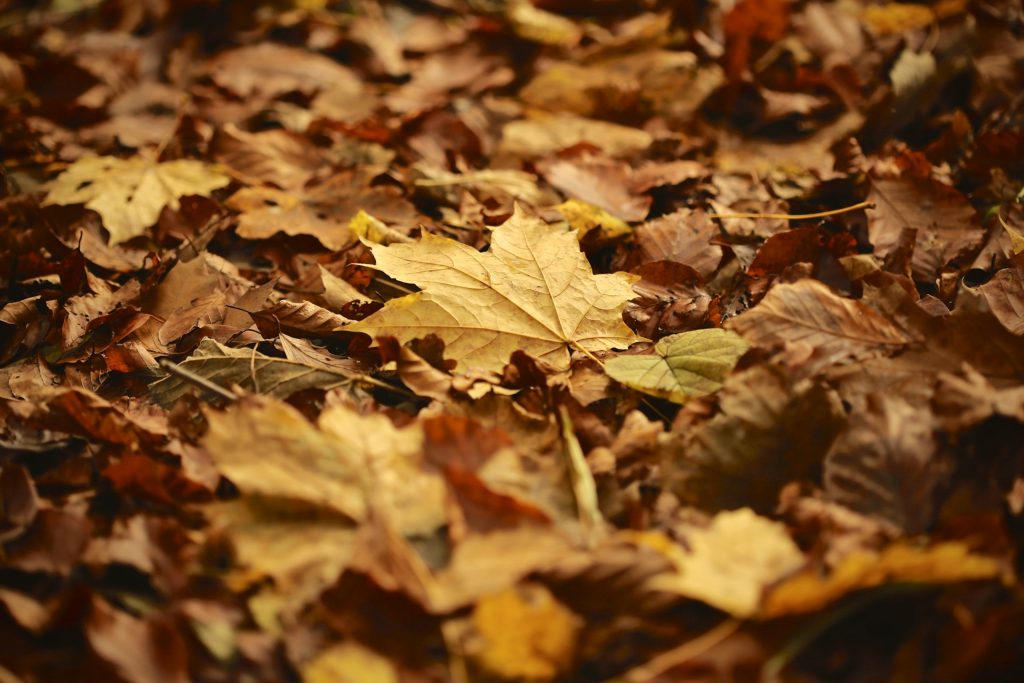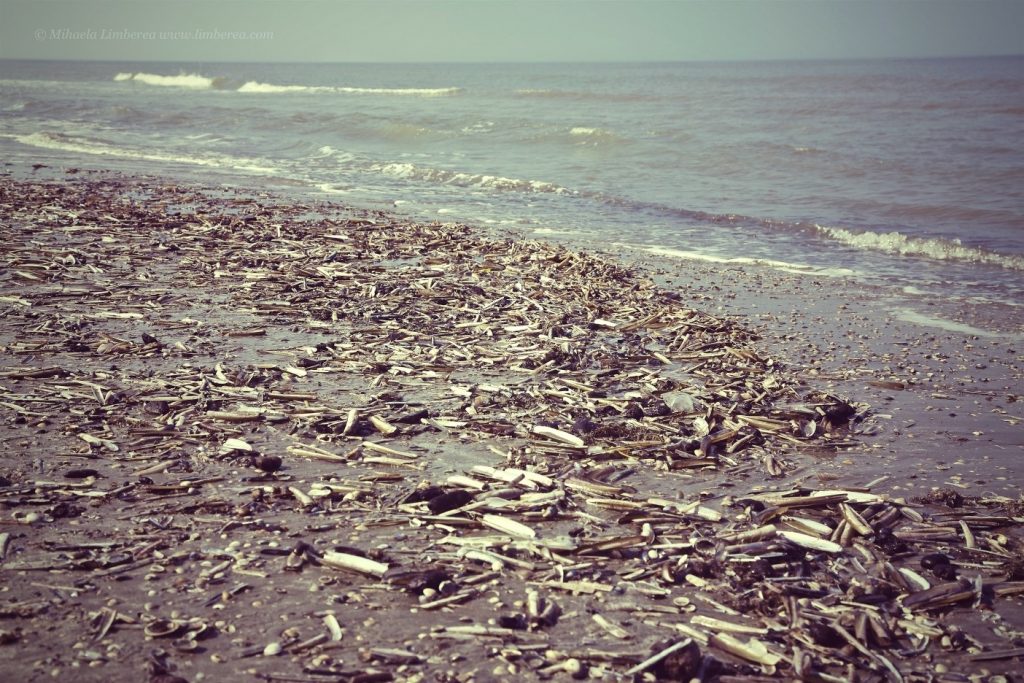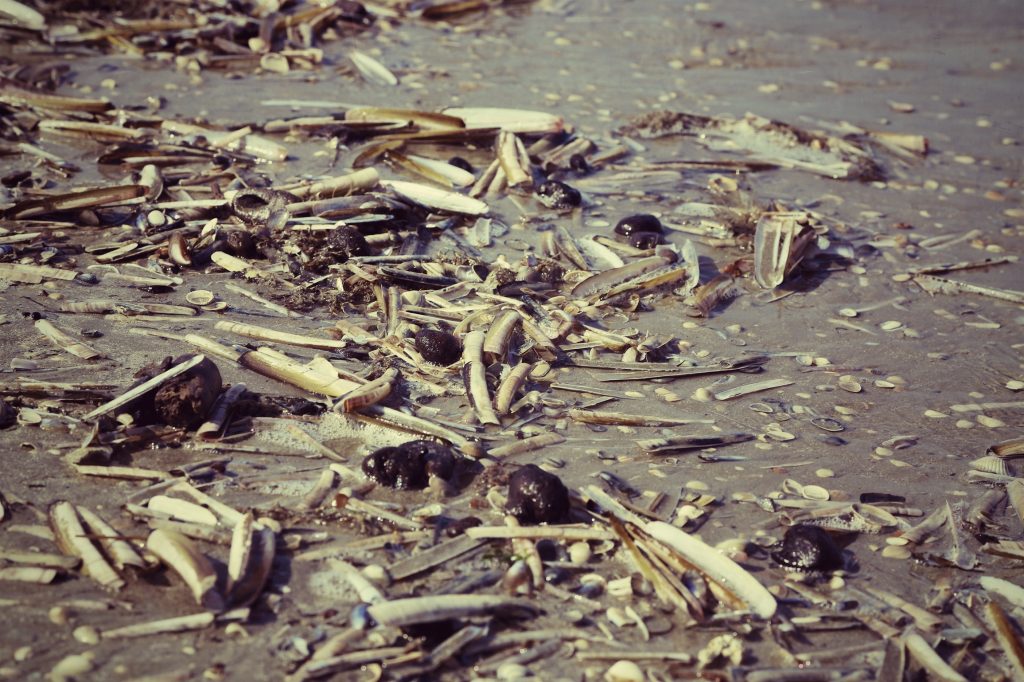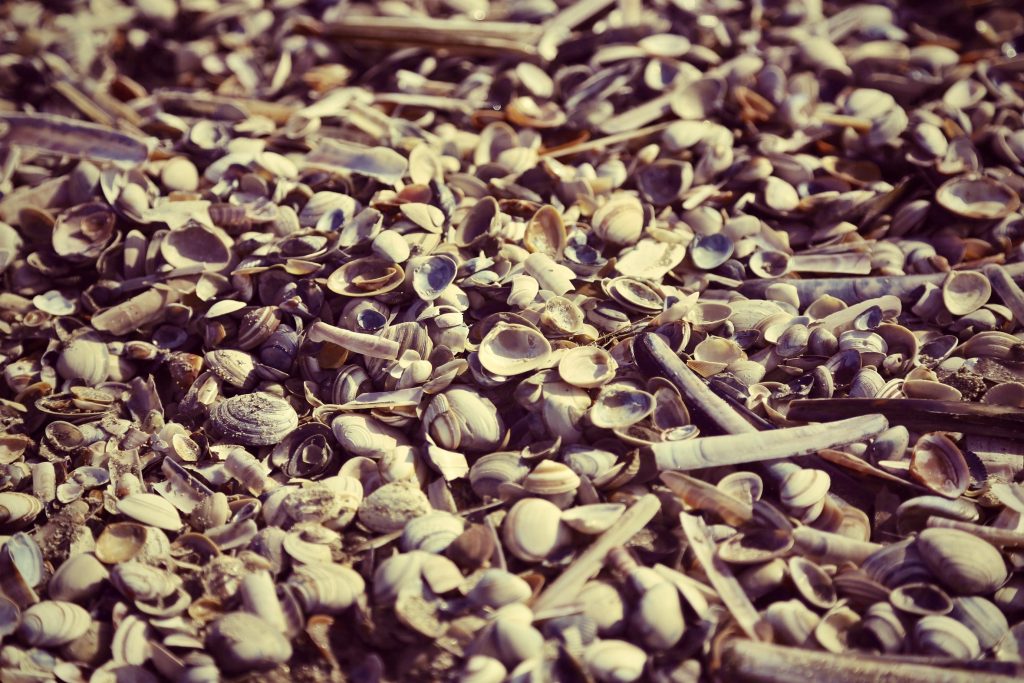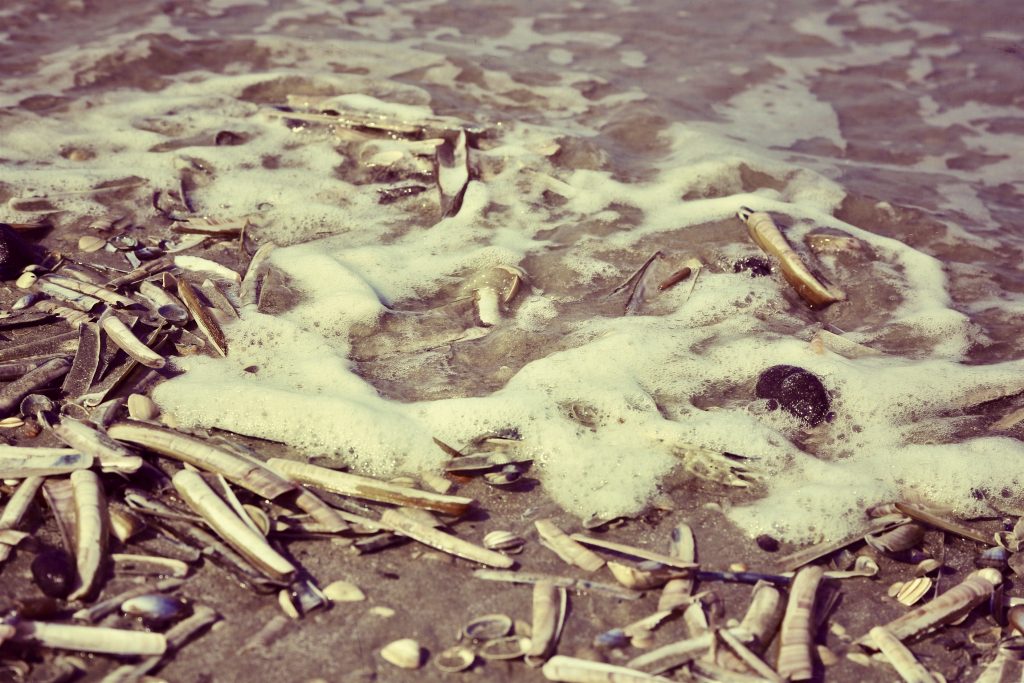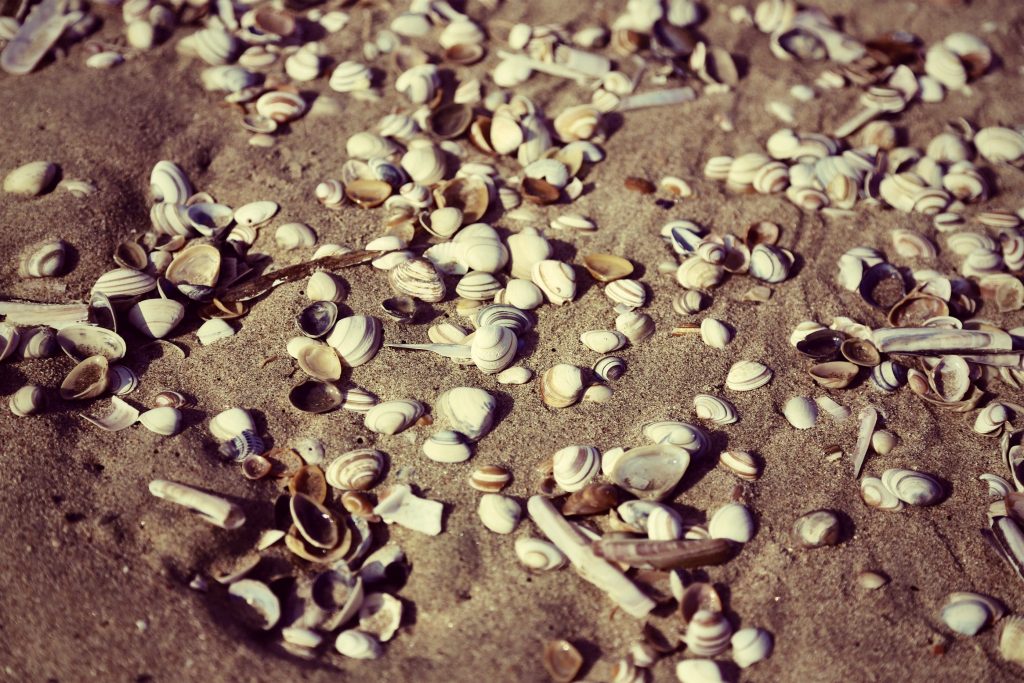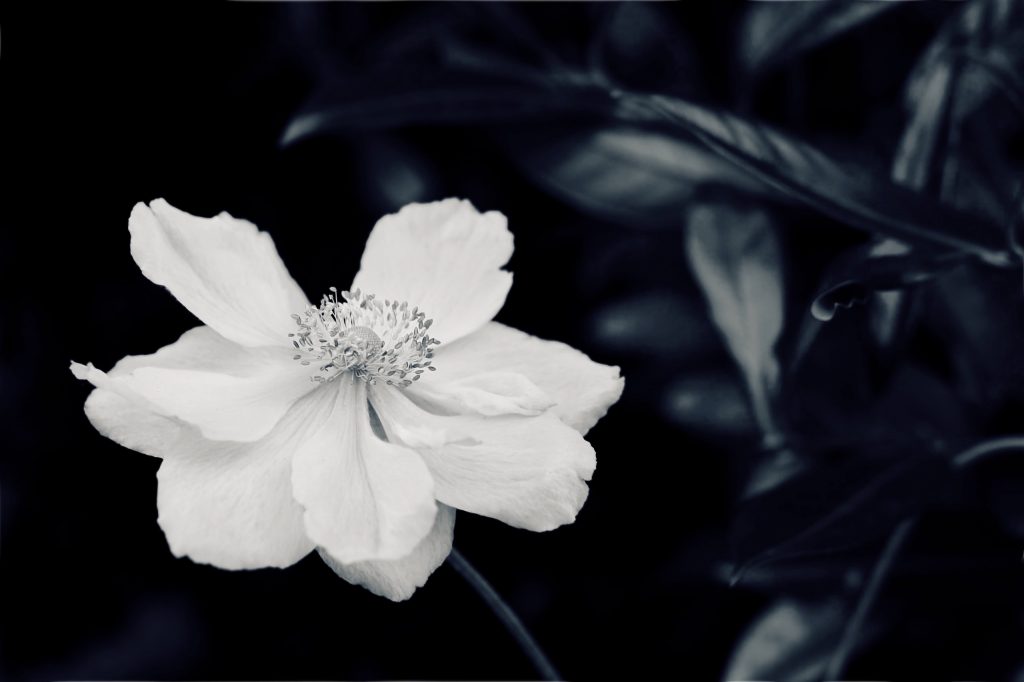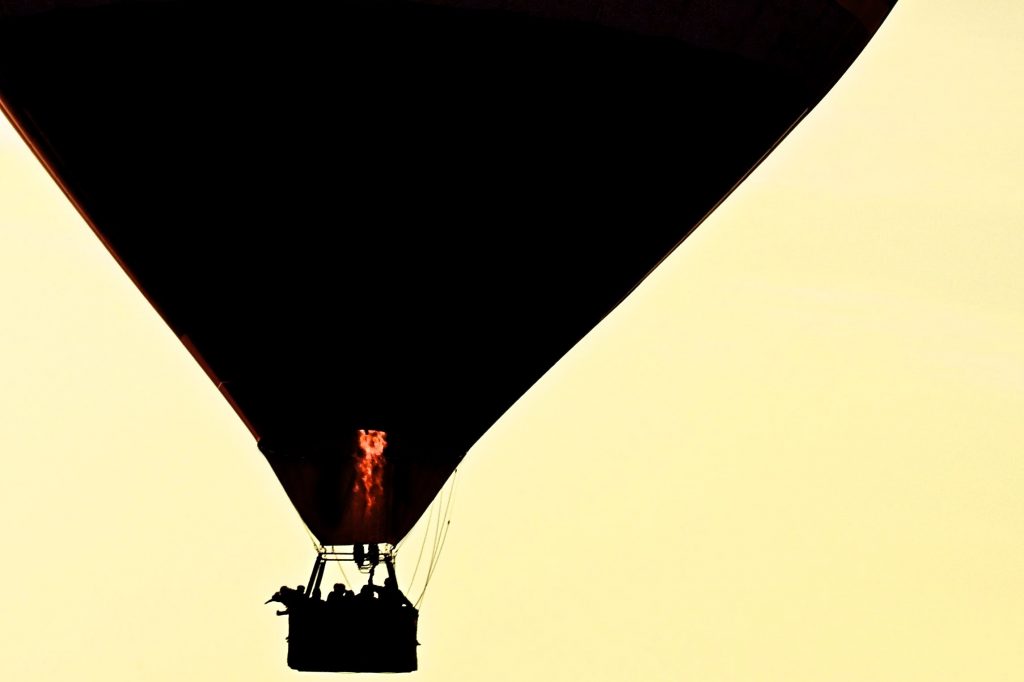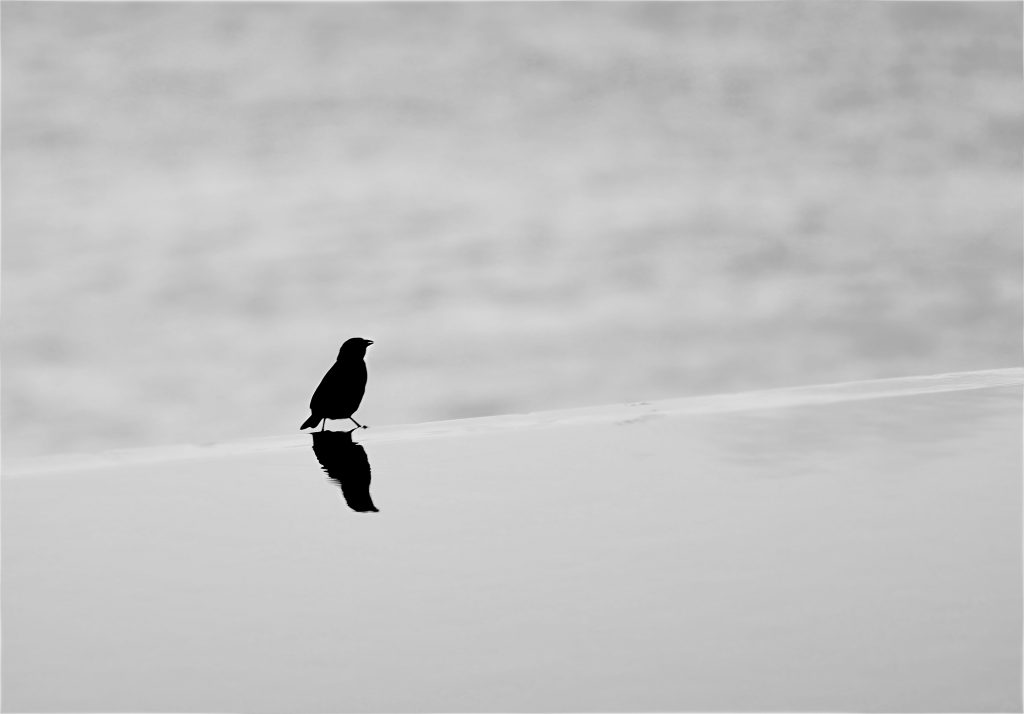
Chromaesthesia, an all-pink apartment, writing advice from Mary Karr, and more in this installment of The Zone.
- Israeli artist Michal Levy has a condition called chromaesthesia, a form of synesthesia, in which sounds and music provoke visuals. She turned John Coltrane’s “Giant Steps” & Bach’s “Prelude in C Major” into musical animations, and the results are amazing.
- An all-pink apartment! What a perfect spot for a vacation. Huge Instagram potential for those interested.
- The size of space. It puts things in perspective.
- See how Charles Bridge in Prague was built in the 14th century in a short animation here. Amazing.
- How different classical cameras click sounds. This made me think about my dad’s old Russian Zenit; a madeleine cake of sound.
- Cartographer Sean Convey transforms vintage maps into prints that look like 3D relief maps. I’m seriously thinking about ordering this Australia map.
- A song I’m listening to: Jai-Jagdeesh In Dreams from the album Of Heaven & Earth (2013),
Quote I’m Pondering
After a lifetime of hounding authors for advice, I’ve heard three truths from every mouth: (1) Writing is painful—it’s “fun” only for novices, the very young, and hacks; (2) other than a few instances of luck, good work only comes through revision; (3) the best revisers often have reading habits that stretch back before the current age, which lends them a sense of history and raises their standards for quality.
Mary Karr
From My Photo Archives
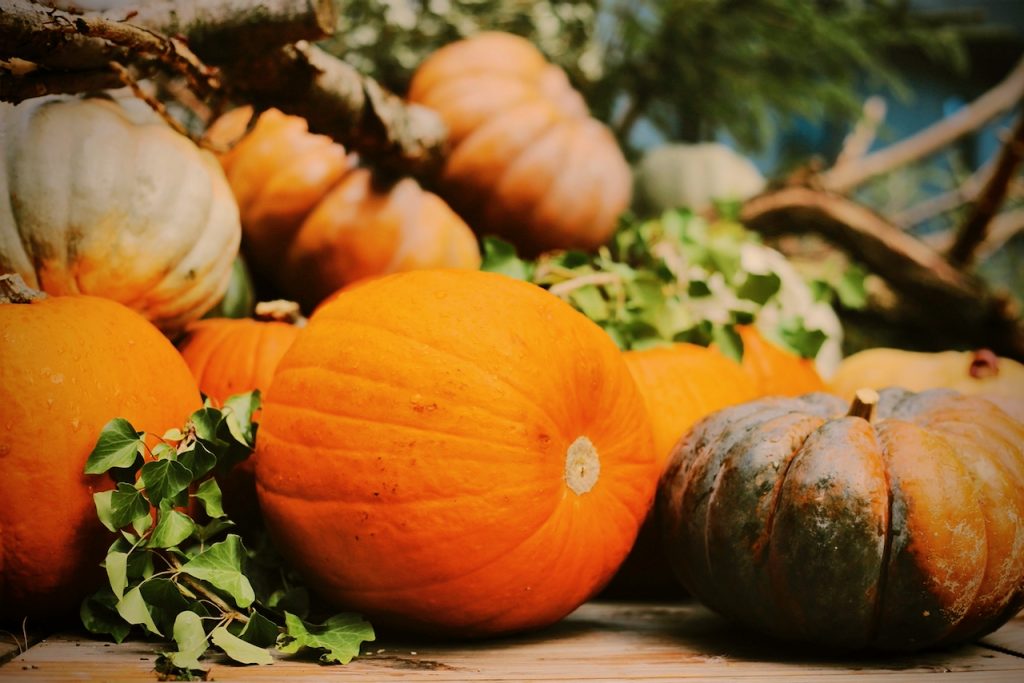
If you liked this post, share it on your preferred social network or forward it to a friend.
